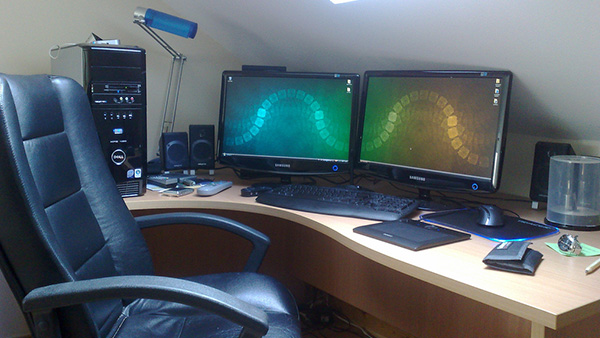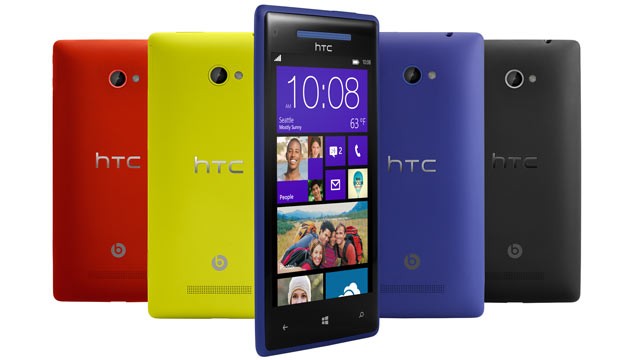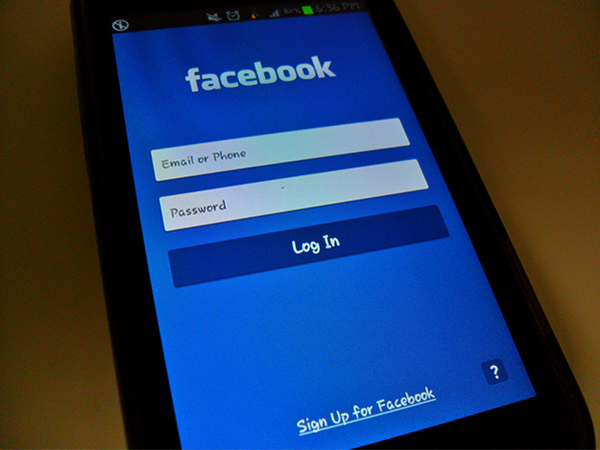In the past couple of years, there has been a seismic shift in the way Australian consumers approach technology. This should signal a coinciding change in the way that Australian SME’s and corporates do business and market themselves to their audience. Here are a couple of key trends and the take-aways that Australian businesses can use.
1. Desktop is Dying
The days of browsing from a desktop PC are numbered in Australia. This 90’s phenomenon has started to grow stale, with plenty of Australian users opting to browse instead from multiple devices like tablets and smart phones running on Android, iOS or Windows.
Experian Marketing Services recently discovered that the proportion of time spent browsing social media from a desktop device has dropped across many countries. This includes Australia where usage dropped from 27% in 2011 to 24% in 2012. One surprising take-away from this survey is that despite this trend, many Australians still used their PC for browsing news, 6% versus 5% in the UK and 4% in the US.
So how does this translate for Australian SME and corporates wanting a slice of the consumer market? Well it follows that the best marketing strategy for 2014 involves making mobile native apps or mobile websites for multiple devices. Mobile eCommerce is going full steam ahead into the future. So it’s advised to get on that bandwagon early, by investing in mobile-optimised online shopping and by having a mobile-friendly web presence.
2. Aussies Love Smart Phones
In case you’ve been living underneath a rock in the Simpson desert, here’s some news – Aussies love smart phones. In fact according to recent research by eConsultancy, around 20% of Aussie homes have a tablet device and 64.6% of Australians own a smart phone. Australia has a world-leading appetite for smart phones, we are sixth globally in terms of smart phone ownership. Again as a take-away it’s important to consider mobile eCommerce and mobile website design as a vital part of your marketing assets.
3. Online Sporting Goods Are Booming in Australia
Move over Rebel Sport and other well known purveyors of sports equipment. It seems that the biggest mover and shaker in Australia’s online economy is sporting goods. This shouldn’t be a surprise, given the number of rabidly enthusiastic sports fans there are in Australia.
According to eConsultancy, Australian’s online recreation goods industry will reach $1.04bn by 2018. This is in part due to the changing landscape of retail goods, with the big shift to online.
Online retailers that sell camping gear, exercise and fitness gear (excluding apparel) and bikes will see an increase in revenue of an estimated 6.3% over the next five years. This is also a result of Australians living a much more healthy and fitness-conscious lifestyle which is driving up sales. As a take-away, use these revealing statistics on sporting goods to rethink your online shopping strategy. Ask yourself, are you selling enough jock straps and mouth guards?
4. Don’t Underestimate Baby Boomers
Historically ignored by online marketers in favour of tech-savvy Gen X and Gen Y; the Baby Boomer generation is becoming increasingly more tech-savvy and a vital part of the online landscape. According to a recent Mi9 report, only 10% of ad spend is directed at this group. However we are all missing a trick here, as the over-55’s have a high level of disposable income.
Despite their reputation as technophobes, 55 to 69 year olds are actually open to new technology, trying new devices and shopping online. On average these individuals spend about 21 hours per week online and browse about 3,000 internet pages per month. As you probably already know, we are an ageing population in Australia. So capturing the Baby Boomer market means big business. If you need any more reasons to rethink your marketing strategy to make it Baby Boomer friendly, here are some more:
- They are jetsetters: 75% of Baby Boomers have no kids at home. This makes them open to the possibility of travel. 61% of them have travelled within Australia in the past year, while 32% had travelled overseas.
- They are working: Although many are past retirement age, 84% of Baby Boomers are still in the workforce and desire to spend money.
- They are financially comfortable: 42% claim to have a disposable income to spend on themselves and own their own home free-hold.
- They are open to technology: Despite the stereotypes, Baby Boomers generally embrace technology. Around 72% said that they have a positive attitude towards new technologies. Around 29% said that they have replaced paper and ink newspapers and magazines with online subscriptions.
It’s clear from the research that Baby Boomers are vital group for SME’s and corporates to tap into in Australia. Going forward it’s possible to rethink a marketing strategy to be inclusive of this large and affluent group.
5. Australians Hate Targeted Ads on Social Media
Aussies treat Facebook ads with the same unwavering contempt as uninvited telemarketing phone calls. In a recent government report, 90% of consumers said that they despised telemarketing calls. In much the same way, Australian consumers hate Facebook ads.
A recent study by Ipsos Australia showed that Australians are getting offended by Facebook ads. Ads about how to lose weight, look younger or dating for seniors were seen as particularly repellent. As there is no method for blocking these ads on Facebook, this further compounded respondents’ level of annoyance.
As a take-away, be incredibly careful when attempting to target ads of a sensitive nature on Facebook. Often ads pertaining to sensitive issues can have the opposite of the desired effect, ensuring that a target audience is going to be repelled by the ad, not enticed by it.






